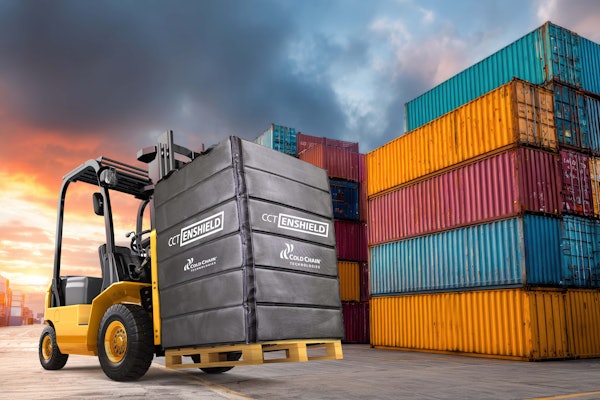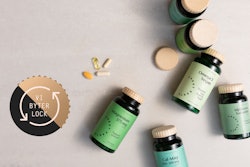
What makes a pharmaceutical product safe?
Truth is, lots of drugs, like most products and substances, are not completely safe, and are in fact occasionally quite dangerous for some people and in some circumstances and at certain high levels.
When a doctor prescribes a drug, when we take a drug, and for that matter when FDA clears a new drug, it’s because the drug’s benefits outweigh its risks, and because it’s been found to be both safe and effective under the conditions of its intended use. Frequently, what makes a pharmaceutical product safe is its packaging, and even its labeling.
Among those long recognizing the central role played by packaging in drug safety is the Healthcare Compliance Packaging Council. HCPC’s original emphasis was on drug “compliance,” promoting packaging and labeling technologies intended to help ensure that consumers took their medication properly. What they call “compliance-prompting packaging” can have benefits, says HCPC Executive Director Walter Berghahn, such as “added protection in the supply chain from diversion, counterfeiting, and product substitution, protecting patients from improper dosing and protecting products from the environment.”
HCPC has a lot to say about the recently passed Drug Quality and Security Act. That 2013 law was intended to add controls over compounding pharmacies, and also “outlines critical steps to build an electronic, interoperable system to identify and trace certain prescription drugs as they are distributed in the United States,” to be phased in over the coming 10 years, says the U.S. Food and Drug Administration. FDA explains, “These requirements will include placing unique product identifiers on individual drug packages and providing product and transaction information at each sale with lot level information, in paper or electronic format.”
Berghahn says HCPC supports a more secure supply chain, which the DQSA is intended to create, but that compliance-prompting packaging does that, too. “From manufacturer through distribution it reduces the likelihood of introduction of counterfeits by its unique nature. This is by no means a stand-alone solution to security, but when combined with serialization and peer-to-peer communication of required data elements, it offers additional benefit.”
Legal and commercial considerations are pointing at packaging and related technologies to help address drug safety among other issues. Increasingly, the answer to the question of what makes a pharmaceutical product safe is, “Its packaging.”
Eric Greenberg is Principal Attorney at Eric F. Greenberg P.C., a law firm that concentrates its practice in food and drug law, packaging law, and commercial litigation. He can be reached at [email protected] or at 312-977-4647.






















